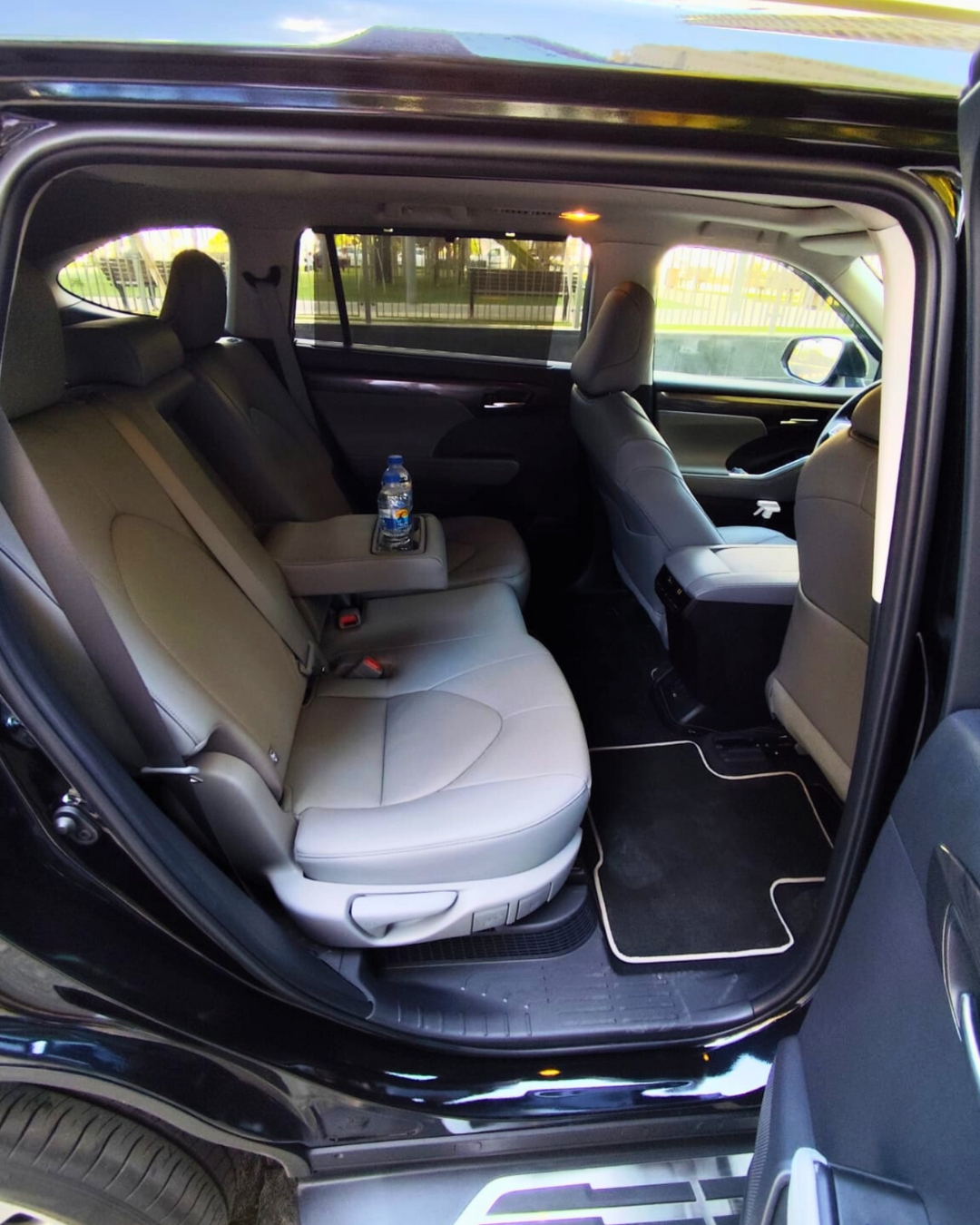Effective layover transport coordination ensures airline crews arrive well-rested and on time, maintaining punctuality across flight schedules. Disorganized transport can lead to delays, increased costs, and crew dissatisfaction.
Key Best Practices for Crew Layover Transport
1. Integrate Transport with Rostering
Sync transport schedules with crew rosters to avoid delays.
2. Use Dedicated Crew Transportation Providers
Partner with providers who understand aviation timings.
3. Plan for Irregular Operations
Choose providers with flexibility for last-minute changes.
4. Prioritize Crew Comfort
Opt for clean, spacious vehicles suitable for luggage and rest.
5. Centralized Communication
Maintain a single point of contact for crew transport coordination to prevent confusion during operations.
Example Table: Hotel to Airport Transfer Options
| Provider Type | Pros | Cons |
|---|---|---|
| Taxi Services | Readily available | Unpredictable costs, non-aligned timing |
| Dedicated Crew Transport | Aligned with schedules, cost-effective | Requires prior planning |
| Ride-Sharing Apps | Flexible booking | Variable availability, luggage limits |
Common Mistakes to Avoid
❌ Relying on public transport during peak hours
❌ Last-minute bookings leading to cost surges
❌ Lack of clear communication with crew about pickup details


